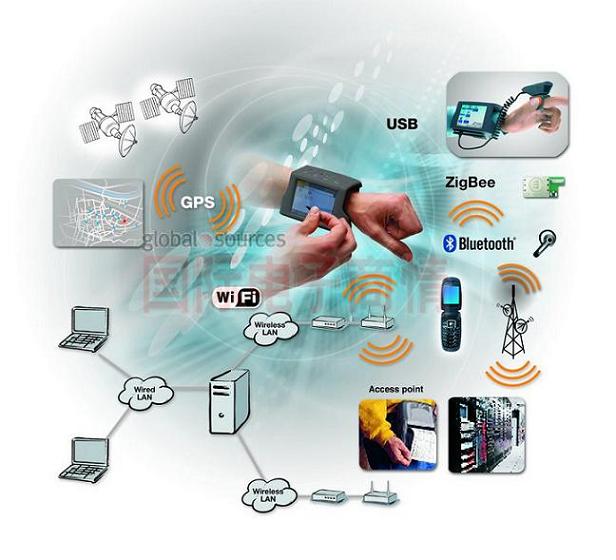關鍵字:無線醫(yī)療
市場正刮起新一波可穿戴式設備潮。可穿戴式設備,用于對個人的生活和運動進行跟蹤并提供數(shù)據(jù)共享。比如,對日常跑步數(shù)據(jù)進行跟蹤;判定老年人的跌倒是否造成了傷害;報告糖尿病患者的血糖水平;以及監(jiān)測醫(yī)院病人的心臟速率。
ABI Research的首席分析師Jonathan Collins表示:“這個市場潛力巨大,不僅吸引了耐克和阿迪達斯等消費巨頭,GE醫(yī)療和飛利浦等現(xiàn)有的醫(yī)療電子公司也都參與其中。還有許多新創(chuàng)公司以及專業(yè)領域企業(yè)也都看好在極大范圍內(nèi)提供網(wǎng)絡醫(yī)療應用/服務的可穿戴式無線設備。”

2017年,可穿戴式無線設備市場將由2011年的2077萬臺增長到1.695億臺,復合年均增長率達到41%。雖然可穿戴式無線設備的出貨量重頭在于以消費為導向的運動、健身和保健市場,但是其在家庭監(jiān)控以及醫(yī)療服務應用市場也將日益普及。
“2017年,用于遠程病人監(jiān)控以及在線專業(yè)醫(yī)療的應用將占整體可穿戴式無線設備市場的20%。2011年時此一占比僅為不足10%。其在醫(yī)療領域的快速發(fā)展,主要是便于穿戴且能自動上傳收集到的數(shù)據(jù),而且,能做到定期收集、共享、分析并能在必要時更為及時有效地做出適當?shù)姆磻?rdquo; Collins補充到。
One in Every Five Wearable Wireless Devices Set for Healthcare Deployment by 2017
Small footprint, low-cost, low-power, and standardized wireless connectivity embedded in wearable devices will transform the lives and activities of millions of consumers and patients over the next five years as wearable wireless-enabled devices increasingly track an individual’s activity and condition.
A new wave of wearable devices are coming to market that will help track and share data from a range of activities and conditions. These devices will track the pace of someone’s daily run, recognize a fall that might have injured a senior, report the blood sugar level in a diabetic, and monitor the heart rate of a patient in hospital.
“The breadth of the potential for this market is not just drawing in consumer giants like Nike and Adidas and established healthcare players such as GE Healthcare and Philips, but a wealth of start-ups and specialist players looking to wearable wireless devices to enable a wide range of networked health applications and services,” says Jonathan Collins, principal analyst, navigation, telematics & M2M.
Over the next five years, the market for wearable wireless devices will grow to 169.5 million devices in 2017, up from 20.77 million in 2011, a CAGR of 41%. While the bulk of the device shipments will be in the consumer-oriented sports, fitness, and wellness market, wearable devices will increasingly be adopted across home monitoring and healthcare service applications as well.
“Remote patient monitoring and on-site professional healthcare use will represent just over 20 percent of the wearable wireless device market by 2017, up from less than half that in 2011. “As the devices can be worn and can upload collected data to the network automatically, collected data can not only be more regularly collected but also shared, analyzed, and acted on quicker and more efficiently that existing wired or manpower-laden techniques,” says Collins.
 移動設備訪問
移動設備訪問